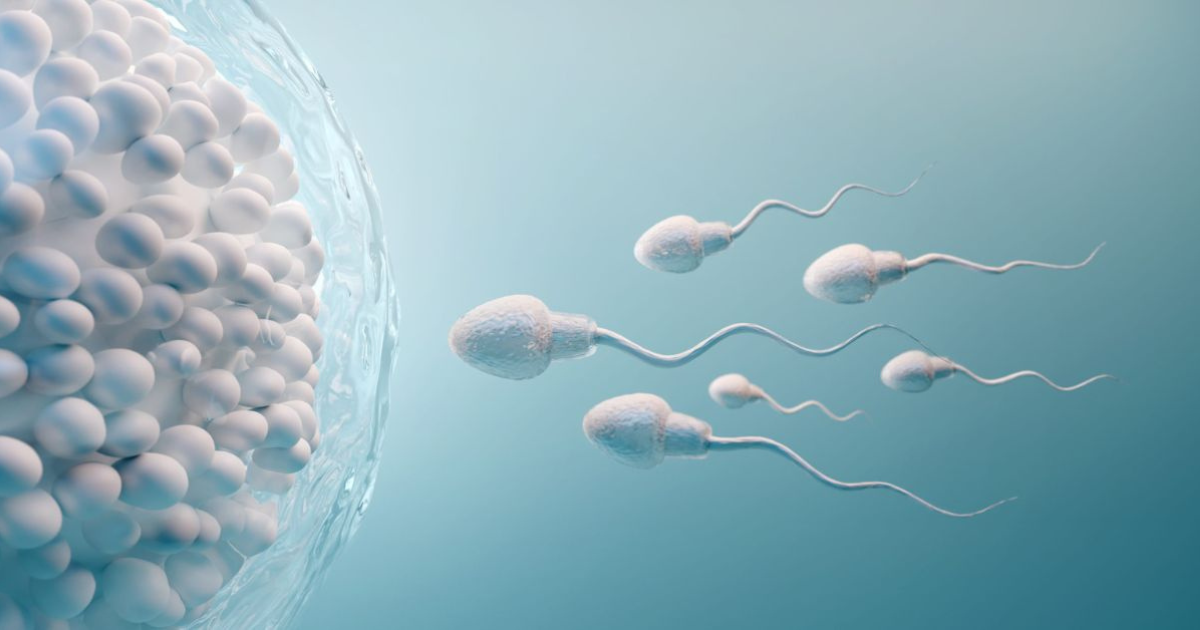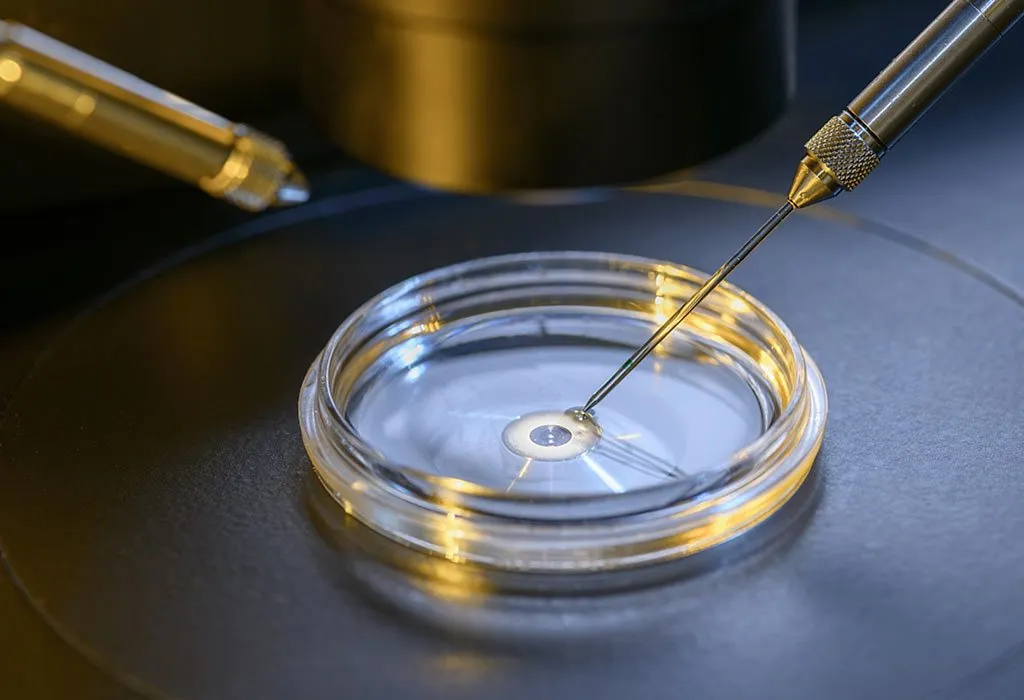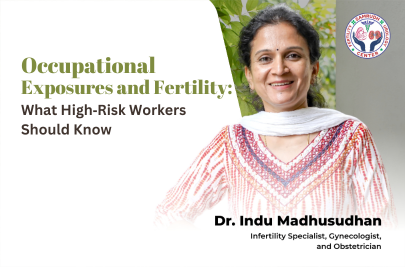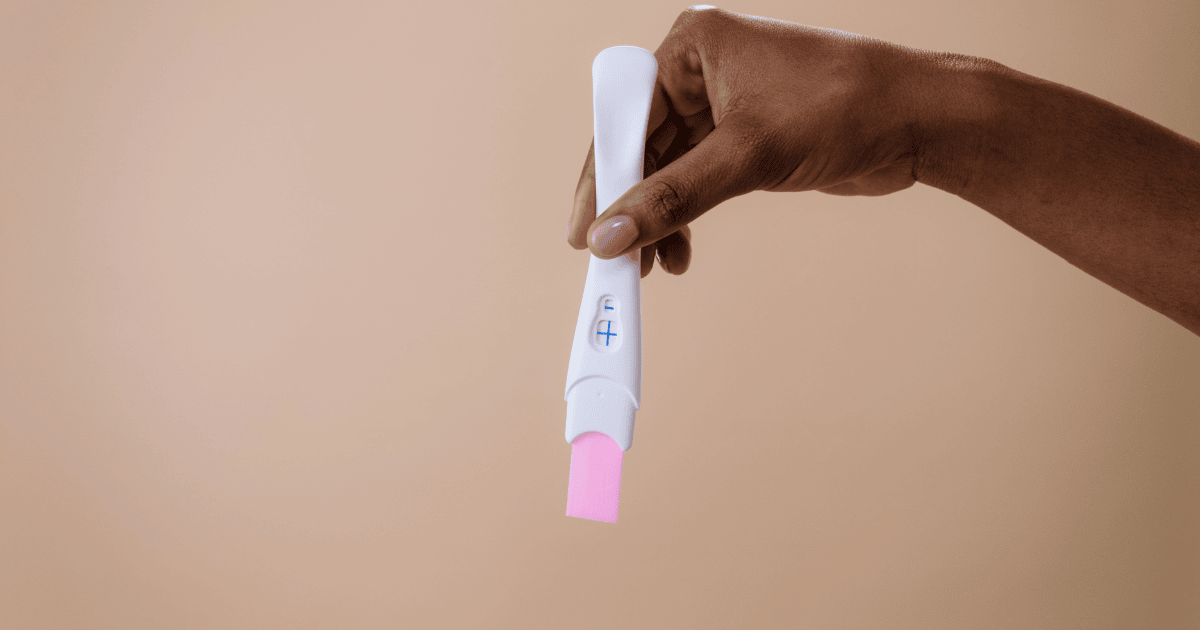Introduction
IVF success depends heavily on selecting the healthiest embryo for transfer. Traditionally, embryologists observe embryos under a microscope at fixed intervals. However, this method offers only brief snapshots of a developing embryo, missing crucial developmental changes that can impact success. Enter Time-Lapse Embryo Imaging — a cutting-edge technology that has transformed IVF by enabling continuous, non-invasive embryo monitoring.
At Samrudh Fertility and Urology Centre, located in Kumaraswamy Layout, Bangalore, Dr. Indu Madhusudan incorporates this advanced tool to improve embryo selection and pregnancy outcomes, helping couples move closer to their dream of parenthood.
What Is Time-Lapse Embryo Imaging?
Time-lapse embryo imaging uses a specially designed incubator with a built-in camera that captures high-resolution images of embryos every 5 to 10 minutes. This creates a detailed video showing the embryo’s development in real-time — from fertilization to blastocyst stage.
Unlike traditional observation methods that require embryos to be removed from the incubator for monitoring, time-lapse imaging keeps them in a stable environment, preserving optimal growth conditions.
Key Advantages of Time-Lapse Embryo Imaging
1. Better Embryo Selection
By monitoring embryo development in real time, embryologists can detect subtle abnormalities or irregular division patterns that aren’t visible during static checks. This helps select the most viable embryo for implantation.
2. Improved IVF Success Rates
Research shows that time-lapse technology can significantly increase pregnancy rates by ensuring only the most developmentally healthy embryos are transferred.
3. Non-Invasive and Safe
There’s no need to disturb or remove embryos from the incubator during development, which maintains a stable temperature, pH, and humidity, reducing stress on the embryo.
4. Detailed Developmental Insights
Time-lapse imaging allows embryologists to assess:
- Exact timing of cell division
- Symmetry of cell division
- Fragmentation levels
- Multi-nucleation events
These markers are crucial for predicting implantation potential and pregnancy outcomes.
5. Objective Scoring Systems
The technology often integrates with AI-based scoring systems, which analyze embryo videos to rank them based on implantation potential — reducing human bias and improving decision-making.
Who Can Benefit From Time-Lapse Embryo Imaging?
This technology is especially beneficial for:
- Couples with previous failed IVF cycles
- Women of advanced maternal age
- Cases of unexplained infertility
- Patients with multiple embryos and needing to choose the best one
- Embryo freezing cycles (for optimizing embryo selection before cryopreservation)
How Is It Used at Samrudh Fertility & Urology Centre?
At Samrudh Fertility and Urology Centre, we offer time-lapse embryo monitoring as part of our advanced IVF services, combining scientific precision with compassionate care. Dr. Indu Madhusudan personally guides each couple through embryo selection and explains the insights gathered from time-lapse data in easy-to-understand language.
This approach ensures:
- Enhanced chances of success
- Reduced emotional and financial stress
- Transparent, informed treatment decisions
Looking Ahead: The Future of Embryology
As artificial intelligence continues to evolve, time-lapse imaging is expected to become even more accurate. Integrating AI algorithms with time-lapse data will likely automate embryo grading and predict outcomes with unprecedented precision.
Conclusion
Time-Lapse Embryo Imaging is more than just a technological upgrade — it’s a revolution in IVF care. It empowers doctors and patients with deep, dynamic insights into embryo development, enhancing success rates and giving couples a better chance at parenthood.
At Samrudh Fertility and Urology Centre, Dr. Indu Madhusudan stays at the forefront of such innovations to ensure world-class, evidence-based fertility care in Bangalore. Your journey deserves the best of science, technology, and compassion — and we’re here to offer all three.









